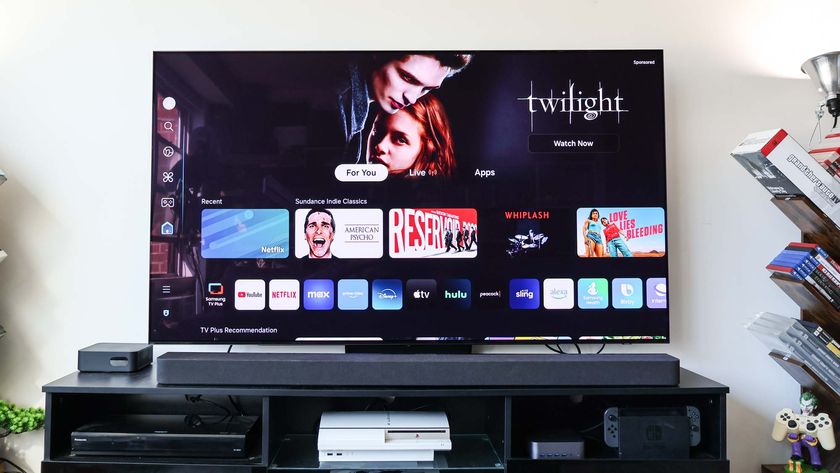Help Me, Tom's Guide: How Do I Set Up My Smart Home?
Two readers want to know the best way to get started with smart home devices.

There’s a lot to absorb when setting up a smart home. That's because the concept of a "smart home" is relatively new, and the term itself is fairly nebulous. Two readers wanted to know the best way to get started.

"Which systems are good for learning how to install full-home smart systems?"-- Adicommunicationsuk
As we explain in our Smart Home Guide, a smart home can be as simple as a set of lights that you can control from your phone. Or it could be a whole-home setup in which your lights, thermostat, locks, security cameras, smoke detectors, garage door openers and more are all interconnected and can react in different ways when one of them is triggered. For example, you can have all your lights turn on when your smoke detector starts blaring, or you can have all the lights turn off, the locks lock and your security camera turn on with a single command.
MORE: Our Favorite Smart Home Gadgets and Systems
If you're just getting started, I would recommend getting the Philips Hue White Starter Kit ($69) and the Amazon Echo Dot ($49). Philips' lights provide one of the least expensive ways to get started and should give you a taste of what you can do. From there, you can connect the lights with the Echo Dot, so you can turn them on or off using Alexa.
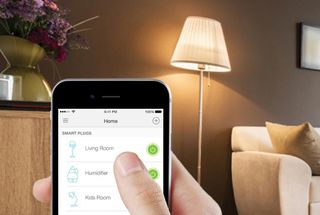
If you want to go further afield, I suggest investing in a smart plug or two; these simply plug into an outlet and connect to your home's Wi-Fi network. From there, just plug a lamp, a coffee maker or anything else into the smart plug, and you'll be able to integrate that device into your smart home.
Alexa is gaining the ability to group multiple devices together, so that you can say, "Alexa, Goodnight," and everything will shut off. However, with Samsung's SmartThings smart home hub ($99), you can do that now, and you can connect other devices, too, such as door and window sensors.
"I am most interested in information about anti-burglary systems and fire-protection systems. … I've recently heard about Nest Protect. It looks like a good system, but I have never tested it and have no comparison."-- Krystians
We have yet to test anti-burglary systems, but Samsung announced a partnership with ADT and will start selling a home security starter kit ($549). This includes a central base station that is also a SmartThings Hub, two window/door sensors and a motion detector. You can add ADT monitoring services for $14.99 for life safety and $24.99 for security services.
Sign up to get the BEST of Tom's Guide direct to your inbox.
Get instant access to breaking news, the hottest reviews, great deals and helpful tips.
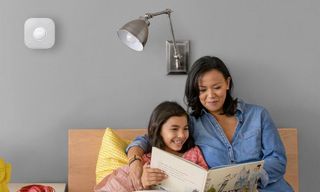
The Nest Protect is our top smart smoke detector. Not only does it detect both carbon monoxide and smoke, but it will also tell you where the source of the fire is (bedroom, basement, etc.). It will additionally send you an alert on your phone if you're away from home. The Nest Protect can also be connected with a number of other smart home devices and performs a monthly self-checkup to ensure that it's working properly. It's more expensive than other smart smoke detectors, but it's a worthwhile investment.
Credit: Philips/TP-Link/Nest

Michael A. Prospero is the U.S. Editor-in-Chief for Tom’s Guide. He oversees all evergreen content and oversees the Homes, Smart Home, and Fitness/Wearables categories for the site. In his spare time, he also tests out the latest drones, electric scooters, and smart home gadgets, such as video doorbells. Before his tenure at Tom's Guide, he was the Reviews Editor for Laptop Magazine, a reporter at Fast Company, the Times of Trenton, and, many eons back, an intern at George magazine. He received his undergraduate degree from Boston College, where he worked on the campus newspaper The Heights, and then attended the Columbia University school of Journalism. When he’s not testing out the latest running watch, electric scooter, or skiing or training for a marathon, he’s probably using the latest sous vide machine, smoker, or pizza oven, to the delight — or chagrin — of his family.
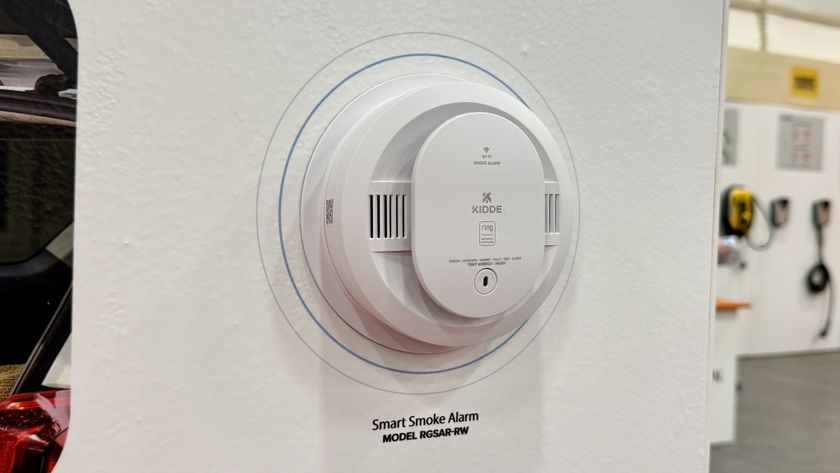
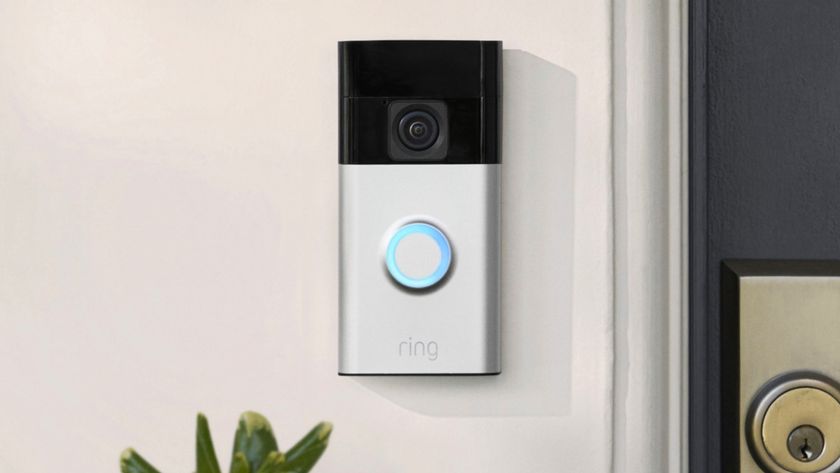
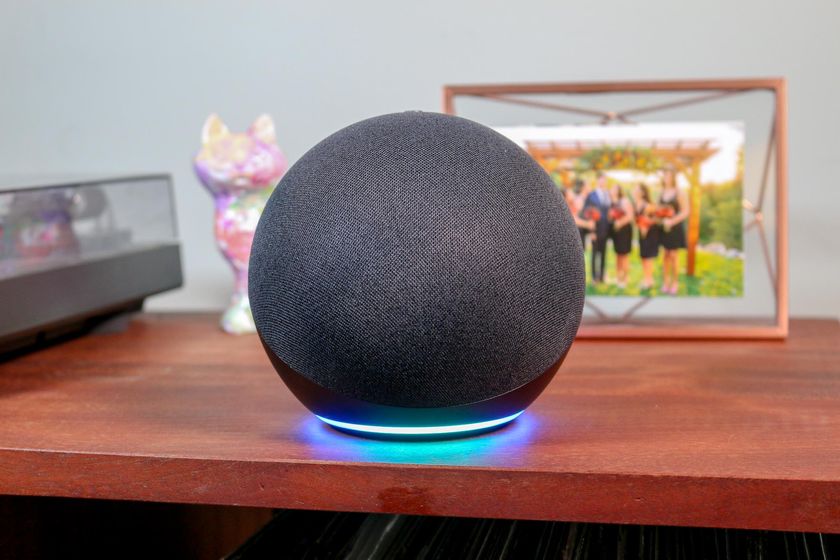
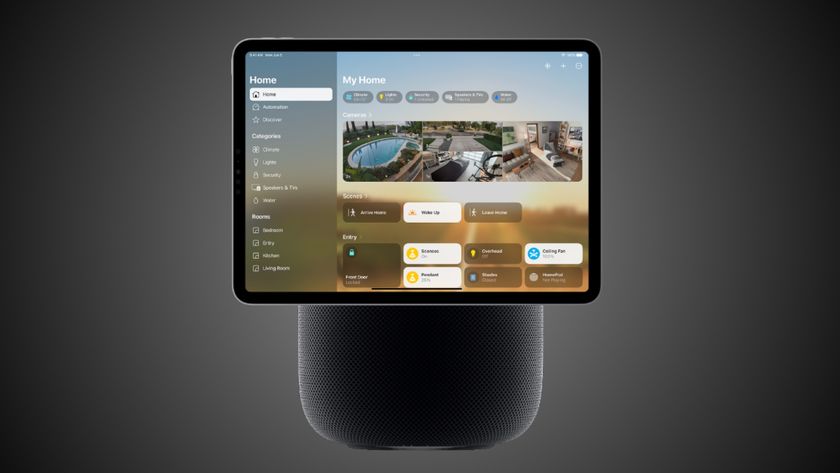
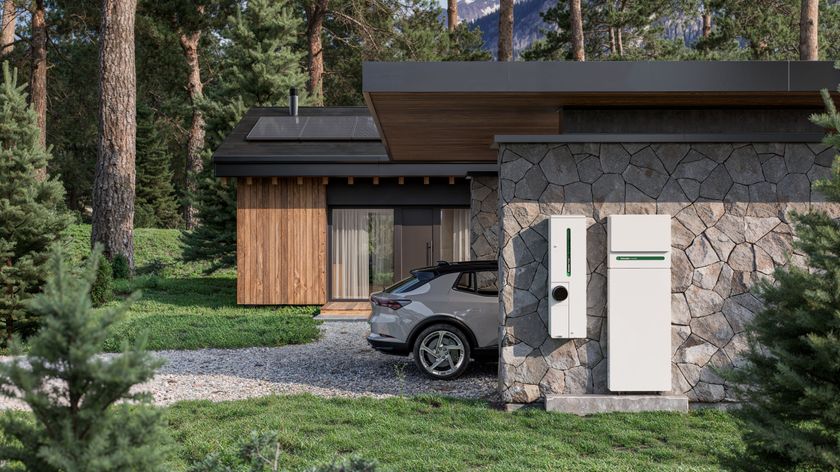
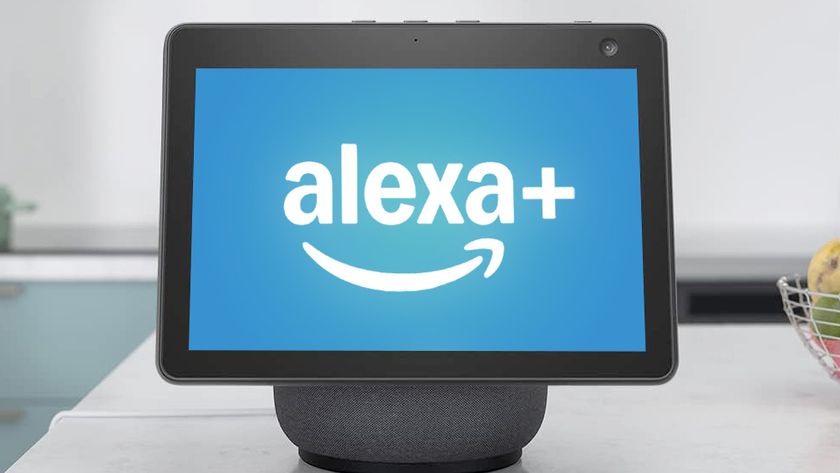




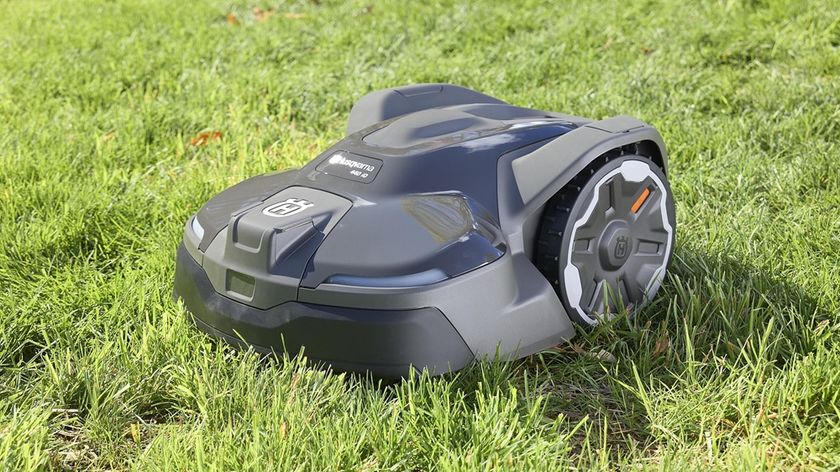

-
esclark7 This advice is missing information. There is no input about compatibility and important it is to pick a hub first before you start picking other products. Once you commit to the hub then device compatibility is Paramount. If you do it the way the article suggest, you may end up with a system that functions in pieces and multiple apps that make it confusing and discouraging for less savvy users. e.g. tp-link does not work with Smartthings. They will both worth with Alexa about for manual control two separate apps are needed.Reply




